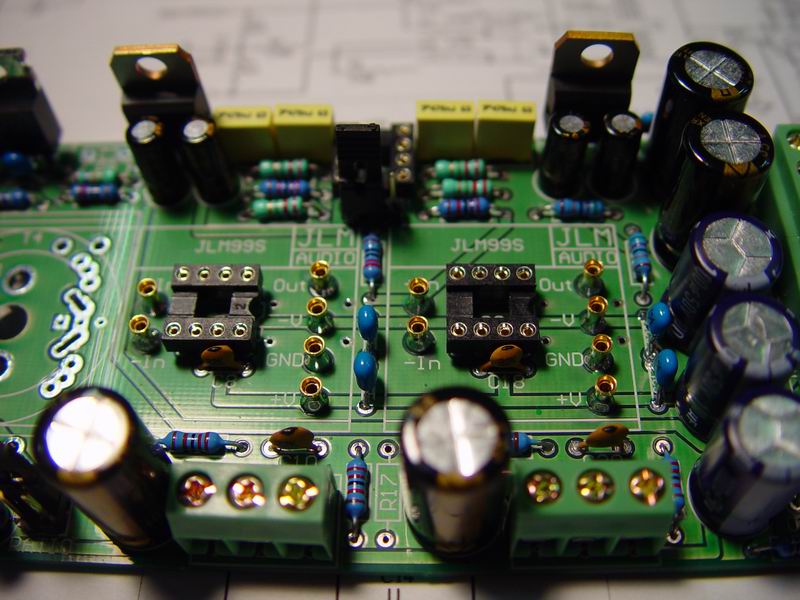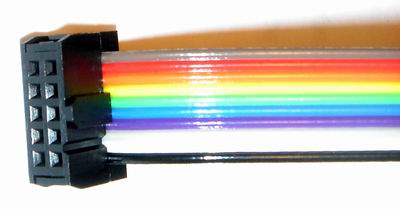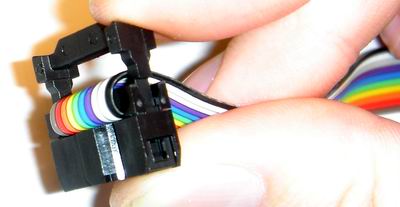OverSound
Member
That's exactly what I needed. :grin:
I souldn't have a problem testing this with either pot right?
I mean it won't screw anything up will it?
The Other question I had is how hard would it be to place a switched output trafo in. Right now they are set up as "quasi- balanced" i think Matt called it.
I souldn't have a problem testing this with either pot right?
I mean it won't screw anything up will it?
The Other question I had is how hard would it be to place a switched output trafo in. Right now they are set up as "quasi- balanced" i think Matt called it.





























![Soldering Iron Kit, 120W LED Digital Advanced Solder Iron Soldering Gun kit, 110V Welding Tools, Smart Temperature Control [356℉-932℉], Extra 5pcs Tips, Auto Sleep, Temp Calibration, Orange](https://m.media-amazon.com/images/I/51sFKu9SdeL._SL500_.jpg)







